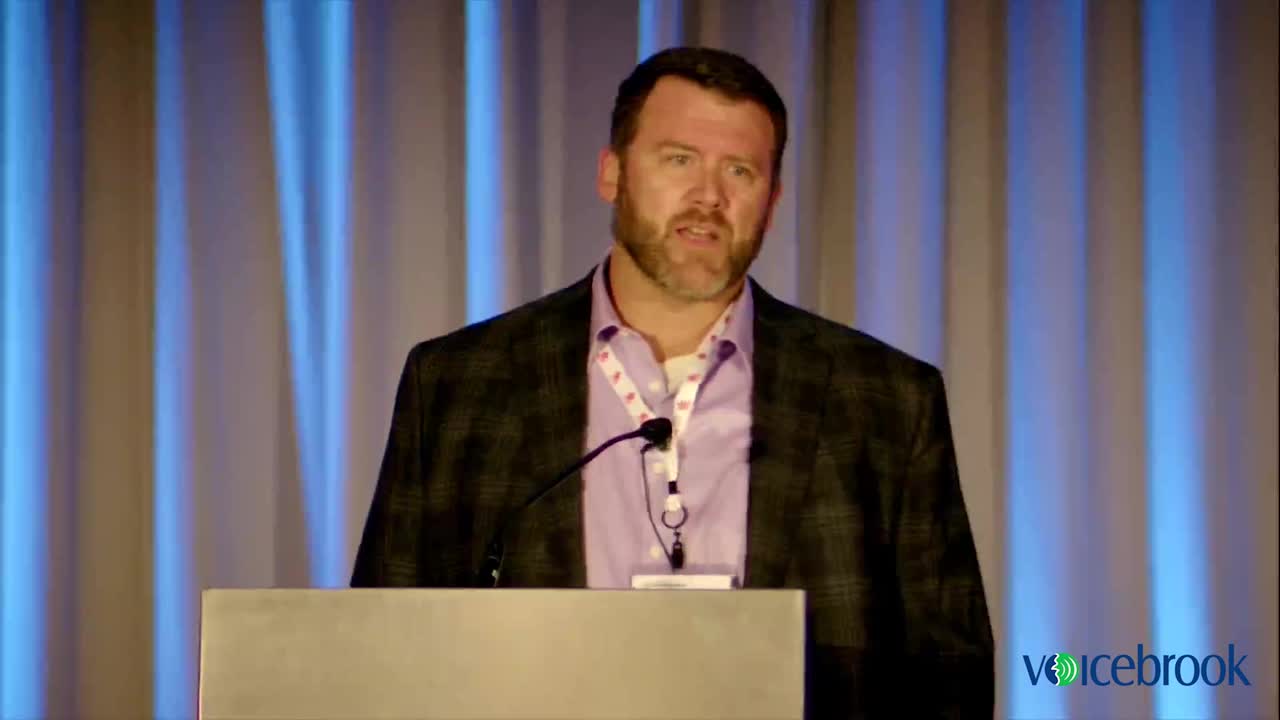AAPA 2022: Celebrating 50 Years
Last week, the American Association of Pathologists' Assistants wrapped up a successful 2022 conference, recognizing the organization's 50th...
2 min read
 Melanie Shedd
Wednesday November 12, 2025
Melanie Shedd
Wednesday November 12, 2025

A reflection on the 2025 DP-AI Workshop by Melanie Shedd, Voicebrook's VP of Product.
![]()
Last week, I had the opportunity to represent Voicebrook and sit on a panel at the Association of Pathology Informatics' Digital Pathology & AI Workshop at Google HQ in Chicago. The discussion centered around Automation, Innovation, and Transformation for the AP Lab of the Future — a topic that has shaped my career for the past twenty years.
Throughout that time, I’ve worked alongside pathologists, PAs, histotechs, lab managers, directors, and with countless AP/LIS and digital pathology systems. Reflecting on this journey, I realized that automation and innovation in pathology are not about voice, digital images, or data in isolation. They’re about how these elements connect to tell the pathologic diagnostic story.
I’ve learned that true innovation happens when people, process, and technology align. It’s what drew me to this field — and it’s what keeps me inspired every day. The technology may evolve, but our purpose remains the same: helping patients get results.
 Melanie Shedd (right) speaking at the DP-AI Workshop about Voicebrook's vision for the future of pathology.
Melanie Shedd (right) speaking at the DP-AI Workshop about Voicebrook's vision for the future of pathology.
The next frontier of automation isn’t about faster dictation — it’s about smarter interpretation. It’s about technology that understands context — not only what’s being said, but also the surrounding information that shapes a diagnosis. When we can intelligently link relevant data into structured, actionable insights, we help reduce cognitive load and allow pathologists to focus on what truly matters: the patient.
The right technology gives time back by removing what slows you down. Manual data entry, repetitive clicks, and fragmented systems all create unnecessary friction and mental fatigue. The challenge we face as vendors is not just building smarter tools — it’s connecting them.
No single vendor can solve all of pathology’s problems, and progress in our field depends on interoperability. It’s no longer acceptable to keep data locked in proprietary formats. The future of pathology will be defined by how well we connect — our systems, our data, and our collective efforts to improve patient care.
The coming years offer us a chance to rethink not only how we work but how our tools think with us. As AI and automation continue to evolve, we have a responsibility to shape them ethically and collaboratively — ensuring that technology amplifies human expertise rather than replacing it. The future of pathology will belong to those who innovate with empathy, build with purpose, and keep patients at the center of every decision.
 The Voicebrook team at Google HQ for the DP-AI 9.0 Workshop.
The Voicebrook team at Google HQ for the DP-AI 9.0 Workshop.
We’re already seeing early examples of this shift — from digital image viewers that integrate voice commands to AI-assisted synoptic reporting and context-aware workflows that reduce manual entry. Each of these advances represents a small but meaningful step toward a more connected, intelligent pathology ecosystem.
I’m grateful to have been part of this important conversation and inspired by the many people and organizations pushing the boundaries of what’s possible. Here’s to continued collaboration and innovation as we shape the next chapter of pathology together.
![]()
.png?width=1000&height=400&name=Melanie%20Shedd%20(2).png)

Last week, the American Association of Pathologists' Assistants wrapped up a successful 2022 conference, recognizing the organization's 50th...

At Voicebrook, innovation begins with our customers. That’s why we’re building a selective, invitation-only Client Advisory Board (CAB). The...
.png)
The Voicebrook team gathered in New York in January for the company's annual meeting, with employees traveling from all across the country to attend.